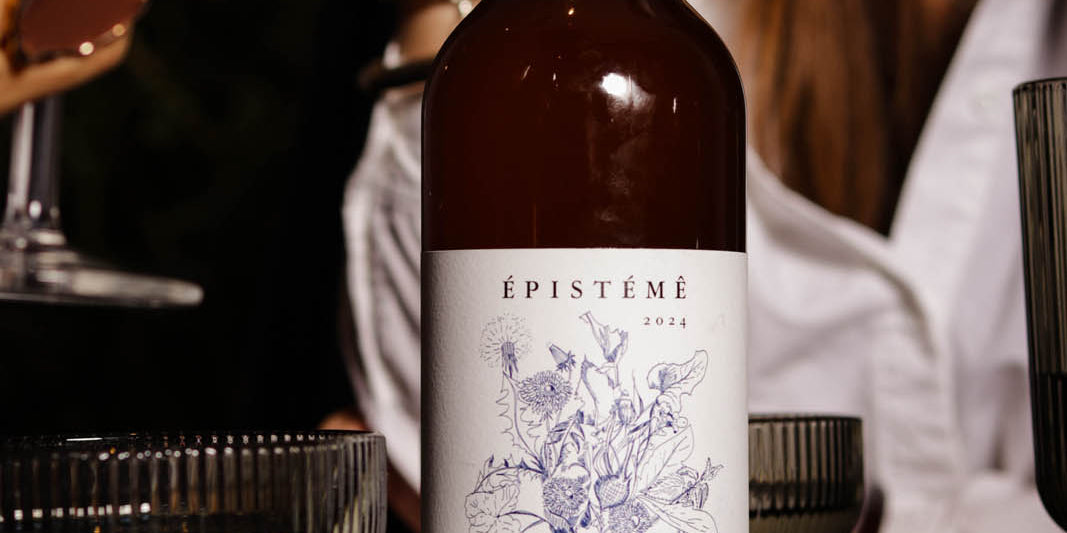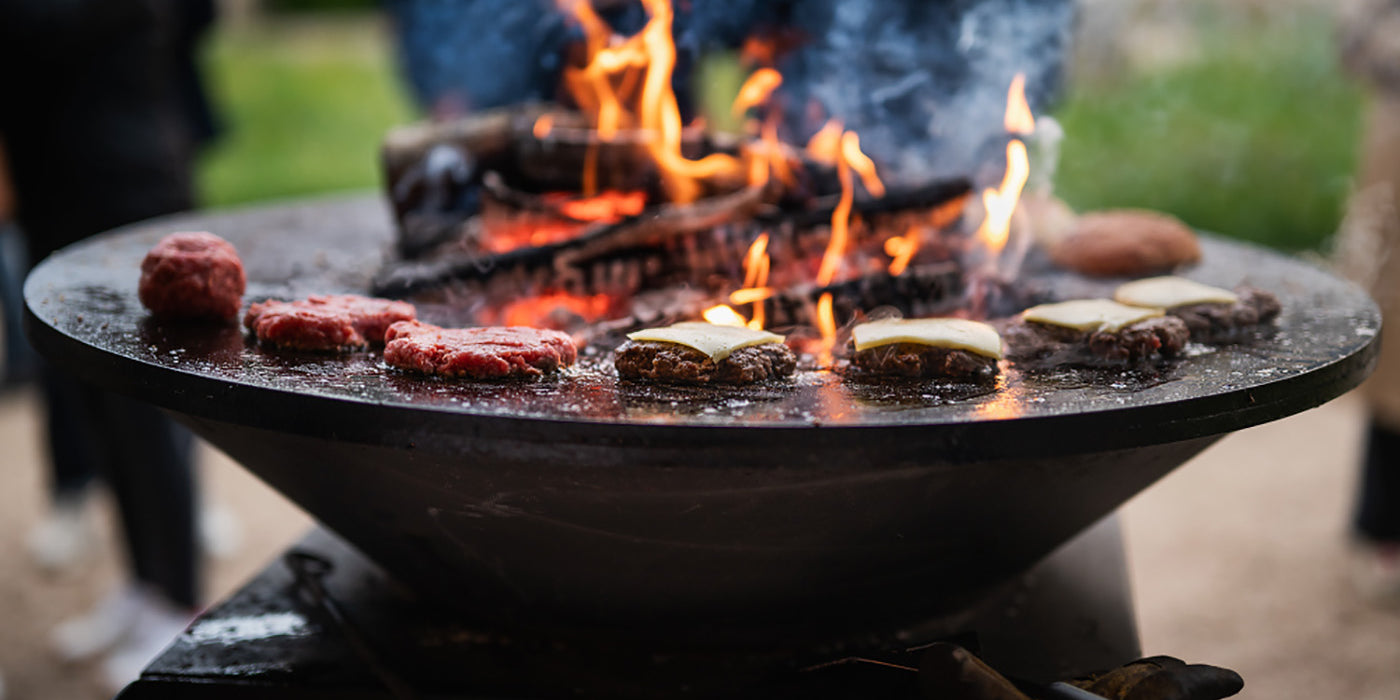Beaujolais Nouveau is a paradox. It made the reputation of Beaujolais wines, relatively unknown before the 1950s outside the Lyon region. Traditionally tasted in their youth in order to take advantage of their deliciously fruity character, they have remained faithful to these values. Until the 2000s, the wine benefited from this festival before the phenomenon led to a loss of appetite for this vineyard. What happened?
On September 8, 1951, an order published in the Official Journal indicates: "producers were only authorized to remove from their cellars wines from the 1951 harvest bearing the registered designation of origin dated December 15, 1951". Until then, there was no real legislation concerning the date of marketing of wines. A large number of winegrowers, and in particular from Beaujolais, are protesting against this decision. They usually sell part of their production before this date and ask to be able to continue like this. Request accepted on November 13, 1951.

It was from there that Beaujolais Nouveau was born, but it was especially in the 80s and 90s, with the impetus of George Duboeuf in particular, that it took off. Fixed to the third Thursday of November in 1985, it has become a real popular festival both in France and abroad. But success always brings frustrations and jealousies elsewhere. Beaujolais Nouveau is mocked, we find the famous "banana taste", etc. Personally, I think it is a very interesting wine from an oenological and taste point of view.
I work daily to produce quality wines, vegetables and meat, in a virtuous way. Many consumers want ever healthier foods. What could be healthier than drinking a wine that has just finished fermenting? In the end, this is how it is the most stable naturally, before oxidation prevails in the state of vinegar. We wouldn't have SO2, nor modern means of bottling, we would be forced to drink the equivalent of new wine all year round.

Freshly finished fermenting, it is very common to feel a slight effervescence on the palate. It's completely natural. It is simply the residual CO2 from the yeasts and bacteria that have finished fermenting. This is an asset because it will inert and protect the wine against the phenomenon of oxidation. Would you have preferred it to be degassed with nitrogen? Nitrogen is bottled by huge factories. These bottles are heavy and expensive to transport. Would you have preferred that we drop the wine to degas it? The wine would thus have had to be pumped or manipulated so that the CO2 would escape. Without gas, it would have been more sensitive to oxidation and SO2 would have had to be added.
Our philosophy in the winery is to limit inputs as much as possible. Beaujolais Nouveau is the wine for which we use the minimum of technique and chemistry. Wine is a natural consumer product. The grape is harvested, pressed, fermented in a vat or barrel, and bottled. Why make it complicated when it can be simple ? A wine is made to be drunk. This is an obvious fact that we often tend to forget. Just like an apple is made to be eaten. It grows on the tree, matures, is harvested and then eaten.

This year, it is possible that we will feel a greater freshness than in other years. What could be more logical because there was less sun, and therefore we will find more acidity.With its vintage, a wine remembers all the weather of the season. Thanks to this, it is a wonderful witness to the evolution of our climate. If you want a smooth wine, identical whatever the year, you will find it in all supermarkets. It's very easy to do: just correct the pH with a little potassium bicarbonate. Making wine smooth and drinkable is now easier than making Kim Kardashian Instagrammable! Making technically clean wines does not interest me. I defend terroir wines, which express the soil from which they come and their year of birth.
Armand Heitz
.









